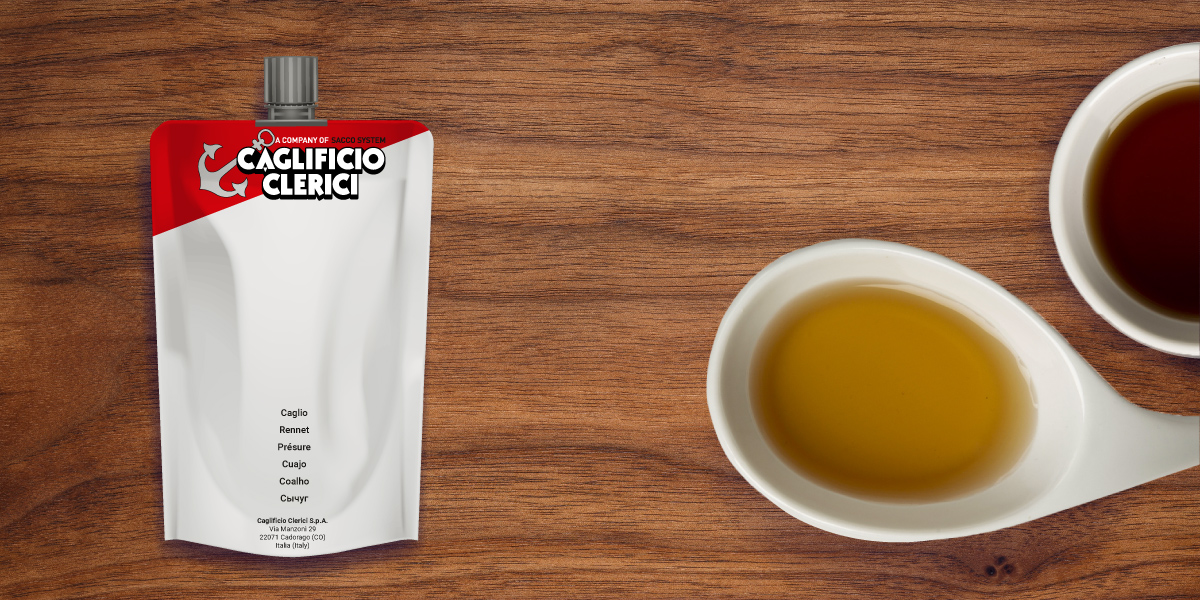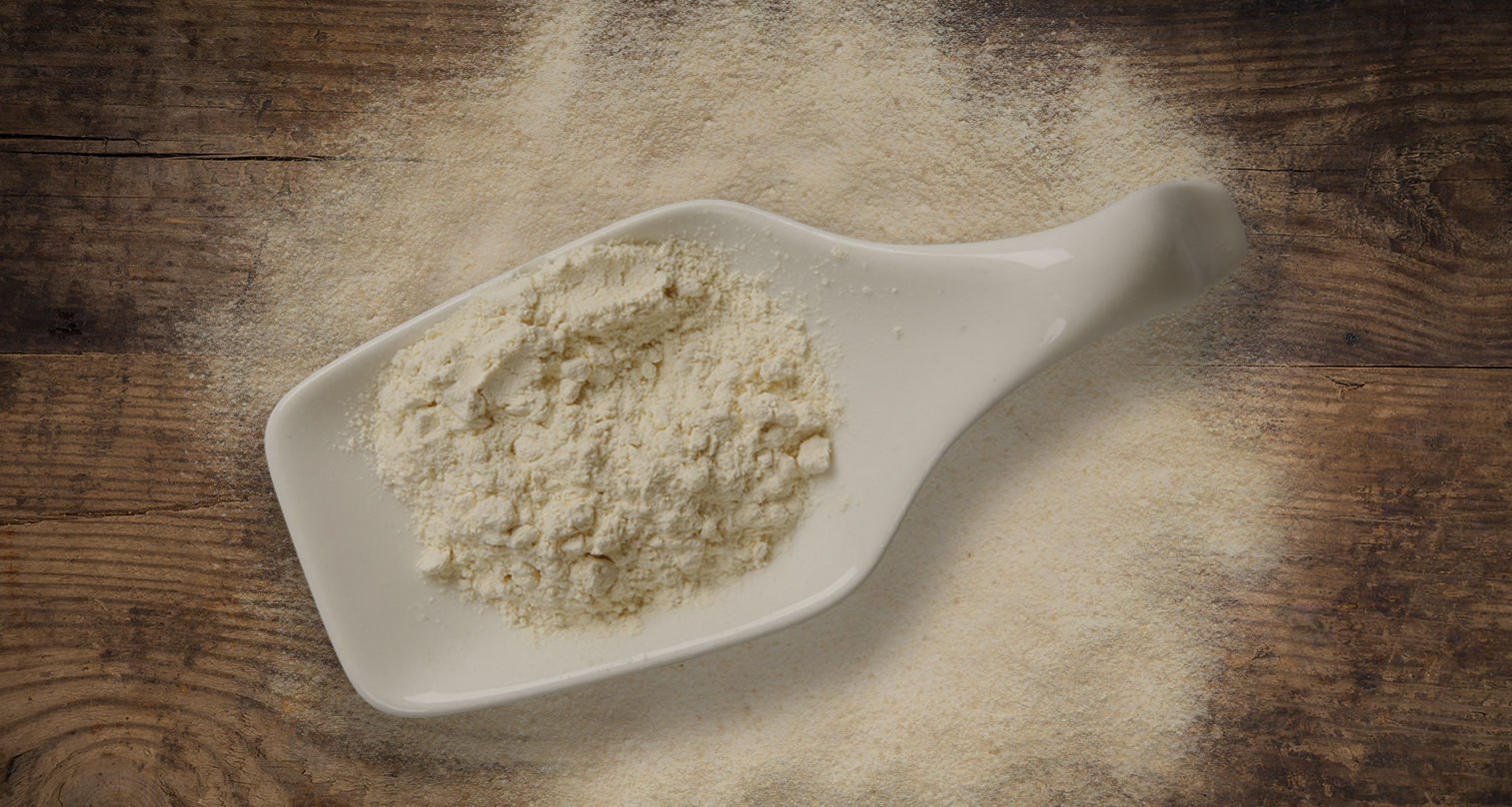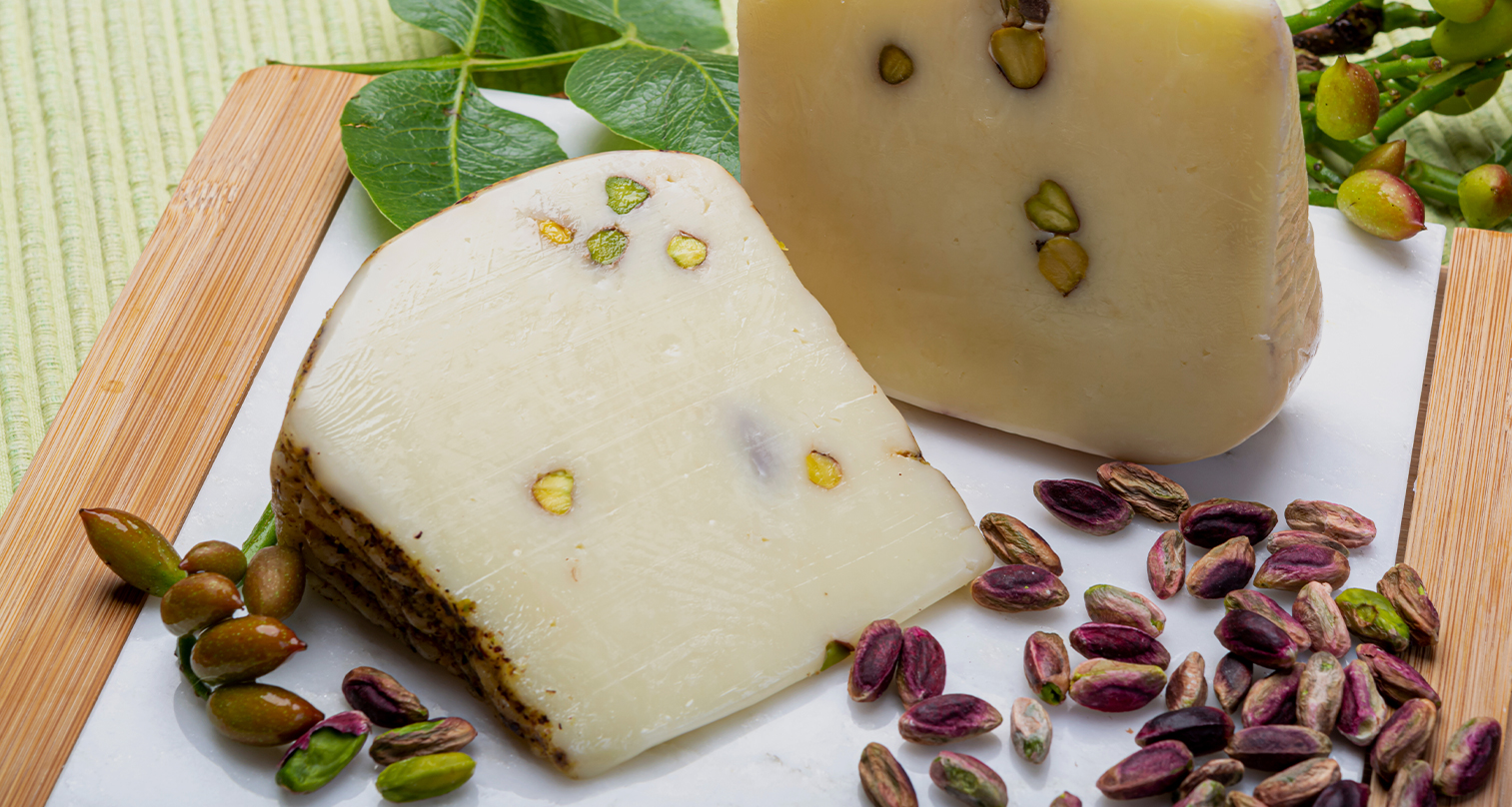
Tradition Gets a Makeover: New Sustainable Packaging for Clerici Liquid Rennet
At Caglificio Clerici, we understand that every activity we undertake has a significant impact on the environment and the people […]
Annatto, otherwise known as Norbixin, Orlean or Natural Orange (industrial reference number E 160b) is a yellow-reddish colourant with a carotene structure. It is extracted from the Bixa Orellana plant which belongs to the Bixaceae family and originates in the Amazon Rainforest, thriving in India and Central America.
With oval red-veined leaves shaped somewhat like a heart, the Bixa Orellana shrub has clusters of pinkish-white flowers and fruits enclosed in fuzzy pods. And it is from the fruits of this plant that we extract the pigment so vital for the colourant.
The fruits are first picked and then left to steep in water before being allowed to dry. Subsequently, the seeds are removed and used to extract carotenoids, the active part that gives colour (in this case, Bixin, but the same applies to Norbixin and Cis-bixin as well).
Annatto has a subtle smell and aromatic flavour.
Bixin has been used since ancient times to colour foodstuffs and cosmetics. Native Indians from the Ecuador region would use annatto paste to dye their hair, whereas the indigenous peoples from Amazonia used it as an insect repellent as well as an antidote to poison mixed with tapioca.
In India annatto is known as sindoor and thought to be auspicious for marriages. Indeed, it is applied to the middle of the forehead to show that a woman is married.
Last but not least, the Aztecs used this natural colourant as war paint, but also for traditional rituals that marked birth and death within the community.
According to recent research, annatto is also beneficial to our health, helping us to recover from diarrhoea, a high temperature, diabetes, water retention, a swollen stomach, hepatitis and malaria. It is also used as an antioxidant and applied directly to burns, vaginal infections and insect bites.
Annatto is used both in Europe and the United States as a colourant for cheeses and other foodstuffs. It imparts several shades of yellow, but also orange and even red.
In Italy its use as a colourant for desserts, ice-cream, liqueur, bakery products, smoked fish, etc., is also permitted.
The cosmetics industry makes extensive use of it for make-up (it is the reason for the redness in lipstick), but it also turns up in creams, toothpaste and soap.
In the Italian dairy sector, annatto pigment can be used on the surface of hard and semi-hard cheeses and gives the rind an appealing tinge.
Once the pigment has been extracted and purified, it is turned into a ready-to-use water solution for dairy processing work (for instance, it comes in useful for margarine and cheeses such as Cheshire, Edam, Stilton and Muenster).
Caglificio Clerici’s annatto colourant complies with Regulation No. 1333/2008, Regulation No. 231/2012 and Regulation No.771/2020. It is identified by the code E160b (ii) which indicates the kind of product which has the exactly the same characteristics and quantities as Bixin and Norbixin, meaning it fulfils prevailing legislation.
Available in 10kg and 20kg vats, Caglificio Clerici’s annatto colourant is ready to use and is easy to apply to the rind of any kind of cheese.

At Caglificio Clerici, we understand that every activity we undertake has a significant impact on the environment and the people […]

What Natamycin is and what is it for Natamycin (indicated on the label as preservative E235) is a chemical, antibiotic and […]

Edible glue: what is it and what is it for? Edible glue (or food-grade glue) is an organic substance that can be […]